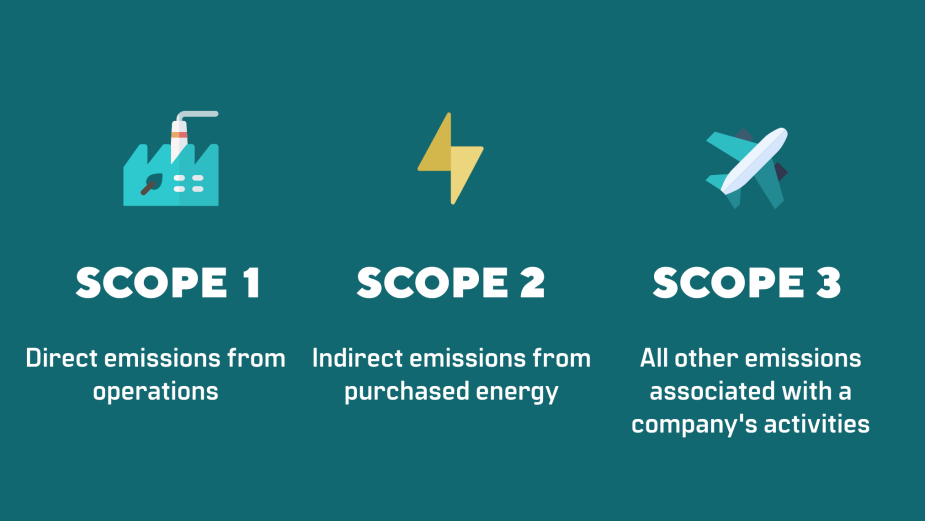Understanding our Scope 1,2,3 emissions

We are undertaking extensive research to understand our Scope 1, 2, and 3 emissions. But what exactly are they and how do we measure them? Let's dive in!
The term "Scope" was first introduced in the 1998 Greenhouse Gas Protocol (GHGP), a globally recognised framework and standard used by businesses, investors, governments, and organisations to accurately and transparently measure, manage, and report greenhouse gas (GHG) emissions. Developed in collaboration between the World Resources Institute (WRI) and the World Business Council for Sustainable Development (WBCSD), this protocol has evolved over the years to stay aligned with the latest scientific and technical advancements. The current version, known as the GHG Protocol Corporate Standard, was released in 2015. The GHG Protocol follows a simple yet comprehensive framework that categorises GHG emissions into three scopes:
![]() Scope 1: This includes direct emissions from sources that are owned or controlled by a company. Examples of Scope 1 emissions are those generated from fuel combustion, process emissions, and fugitive emissions.
Scope 1: This includes direct emissions from sources that are owned or controlled by a company. Examples of Scope 1 emissions are those generated from fuel combustion, process emissions, and fugitive emissions.
![]() Scope 2: Indirect emissions arise from the consumption of purchased electricity, heat, or steam. These emissions result from the activities of external providers but are associated with a company's operations.
Scope 2: Indirect emissions arise from the consumption of purchased electricity, heat, or steam. These emissions result from the activities of external providers but are associated with a company's operations.
![]() Scope 3: All other indirect emissions occurring throughout a company's value chain fall under Scope 3. These emissions include those from the extraction and production of purchased materials, transportation of goods and services, and waste disposal.
Scope 3: All other indirect emissions occurring throughout a company's value chain fall under Scope 3. These emissions include those from the extraction and production of purchased materials, transportation of goods and services, and waste disposal.
By utilising the Scope framework to measure and report our carbon emissions, we gain a deeper understanding of our environmental impact and identify opportunities to reduce our carbon footprint. This knowledge allows us to make informed decisions and develop sustainable practices that positively contribute to our planet. We are committed to transparency, accountability and environmental stewardship. By measuring and addressing our Scope 1, 2, and 3 emissions, we aim to be at the forefront of sustainable business practices and pave the way for a greener future.
Stay tuned as we continue our journey towards a more sustainable and low-carbon future! ![]()
![]()

Leave a comment